
AI Translator Earbuds Translation Review translate – Oemiu
AI Translator Earbuds: Breaking Down Language Barriers in a Wireless World
Imagine a world where language differences cease to be a barrier. Where striking up a conversation with a local while traveling is as effortless as chatting with a friend back home. This is the promise of AI translator earbuds, a burgeoning category of tech that aims to seamlessly translate spoken languages in real-time, fitting comfortably in your ear. Are they ready for prime time? This article delves into the current state of AI translator earbuds, exploring their functionality, assessing their accuracy, and examining their potential to revolutionize communication.
The Dream of Seamless Communication: How AI Translator Earbuds Work
The core concept behind AI translator earbuds is elegantly simple: capture spoken audio, process it using sophisticated algorithms, and deliver a translated version directly to your ear. The technology powering these devices is far from simple, however. These earbuds typically employ a combination of several advanced technologies. First, miniature microphones capture ambient sound, isolating speech from background noise. Noise cancellation technology is crucial here, as accuracy plummets in noisy environments. The captured audio is then transmitted, often wirelessly via Bluetooth, to a paired device like a smartphone or dedicated processing unit. This device houses the heavy-lifting AI – Automatic Speech Recognition (ASR) and Machine Translation (MT) engines. ASR converts the spoken audio into text, and then MT translates that text into the target language. Finally, the translated text is converted back into speech using Text-to-Speech (TTS) technology, delivered directly to the user’s ear through the earbud’s speaker. The entire process happens in near real-time, aiming for minimal delay to facilitate natural conversation.
The success of this technology hinges on the sophistication of the AI algorithms used. The quality of the ASR engine determines how accurately the spoken words are transcribed, while the MT engine dictates the fluency and accuracy of the translation. Early translator earbuds relied on cloud-based translation services, requiring a constant internet connection. Modern iterations are increasingly incorporating on-device processing, allowing for offline translation, albeit with potentially limited language support and accuracy. Consider the implications for travel: the ability to translate without relying on expensive roaming data or spotty Wi-Fi is a significant advantage. Furthermore, some higher-end models are beginning to incorporate contextual awareness, attempting to understand the nuances of the conversation to deliver more accurate and relevant translations. This is achieved through sophisticated natural language processing (NLP) techniques that analyze the surrounding words and phrases to disambiguate meaning and identify idioms or slang. The integration of these technologies promises a future where language translation is not just accurate but also natural and contextually appropriate.
Accuracy and Performance: Separating Hype from Reality
While the promise of real-time translation is enticing, the actual performance of AI translator earbuds often falls short of expectations. The single most critical factor is accuracy. While some earbuds boast support for dozens of languages, the accuracy across all languages is rarely uniform. Major languages like English, Spanish, Mandarin Chinese, and French generally enjoy higher accuracy rates due to the vast amount of training data available for these languages. However, lesser-spoken languages often suffer from significantly lower accuracy, resulting in mistranslations and misunderstandings. The presence of accents also plays a significant role. Even within a single language, variations in pronunciation and dialect can confound the ASR engine, leading to inaccurate transcriptions and subsequent translation errors. Noise also remains a persistent challenge. Most translator earbuds struggle in environments with significant background noise, such as crowded streets or busy restaurants. Noise cancellation technology helps mitigate this issue, but it is rarely perfect, and excessive noise can still overwhelm the system, impacting accuracy and usability. Furthermore, the speed of translation is critical. While near real-time translation is the goal, even a slight delay can disrupt the flow of conversation and make it feel unnatural. Latency is influenced by several factors, including the processing power of the device, the complexity of the languages involved, and the quality of the internet connection (if required). A noticeable delay can make fluid interaction impossible.
Beyond accuracy and speed, usability is another key consideration. Many translator earbuds require a companion app on a smartphone, which can be cumbersome to use during a conversation. The setup process can be confusing, and navigating the app to select languages and adjust settings can be disruptive. Battery life is also a crucial factor. Real-time translation is a power-intensive task, and most translator earbuds offer only a few hours of continuous use on a single charge. This may be insufficient for extended travel or lengthy meetings. Comfort is another important aspect. Translator earbuds are designed to be worn for extended periods, so a comfortable and secure fit is essential. Bulky or poorly designed earbuds can cause discomfort and fatigue, making them impractical for everyday use. It’s important to remember that current AI technology is constantly evolving. While today’s translator earbuds might not be perfect, they represent a significant step forward in bridging language barriers, and future iterations promise to be even more accurate, faster, and more user-friendly.
The Competitive Landscape: Comparing Key Players and Features
The AI translator earbud market is still relatively young, but several companies are vying for dominance, each offering a slightly different approach to real-time translation. Google’s Pixel Buds, when paired with a Pixel phone, offer real-time translation through Google Translate, a widely respected translation service. They boast seamless integration with the Google ecosystem and a user-friendly interface. However, their translation capabilities are heavily reliant on a Pixel phone and a stable internet connection. Timekettle offers a range of translator earbuds, including the WT2 Edge and M3 models, which are designed specifically for real-time conversation. These earbuds often feature multiple translation modes and offline translation capabilities for select languages. They prioritize accuracy and speed, but their design can be bulkier compared to other options. Waverly Labs’ Pilot earpiece was among the first to enter the market, pioneering the concept of real-time translation earbuds. While their initial models faced criticism for accuracy and latency, subsequent iterations have shown improvements. They continue to focus on ease of use and portability.
Beyond these major players, several smaller companies offer alternative solutions, often focusing on niche markets or specific language pairs. When choosing AI translator earbuds, it’s important to compare key features and specifications. The number of supported languages is a primary consideration, as is the availability of offline translation. Battery life is crucial for extended use, and comfort is essential for long-term wear. Noise cancellation capabilities significantly impact accuracy in noisy environments. Integration with other devices and services can also be a deciding factor. Here’s a table comparing some of the key features:
| Feature | Google Pixel Buds (with Pixel Phone) | Timekettle WT2 Edge | Waverly Labs Pilot |
|---|---|---|---|
| Supported Languages | 100+ (via Google Translate) | 40 | 15 |
| Offline Translation | Limited | Yes (select languages) | Yes (select languages) |
| Battery Life | 5 hours (earbuds), 24 hours (case) | 3 hours (earbuds), 12 hours (case) | 4 hours (earbuds), 24 hours (case) |
| Noise Cancellation | Yes | Yes | Yes |
| Integration | Google Assistant, Pixel Phones | Dedicated App | Dedicated App |
| Price (approximate) | $199 | $299 | $249 |
Ultimately, the best AI translator earbuds for you will depend on your specific needs and priorities. Consider the languages you need to translate, the environments in which you will be using them, and your budget. Read reviews, compare specifications, and, if possible, try out different models before making a purchase. The translate future of seamless communication is tantalizingly close, but careful consideration is essential to ensure you choose the right device.
Beyond Travel: Expanding Applications of AI Translation
While travel is perhaps the most obvious application of AI translator earbuds, their potential extends far beyond tourism. In a globalized world, effective communication is crucial in many professional settings. Imagine a multinational business meeting where participants speak different languages. AI translator earbuds could facilitate seamless real-time translation, allowing everyone to participate fully and understand each other clearly. This could significantly improve collaboration and productivity, leading to better decision-making and stronger business relationships. In healthcare, AI translation can bridge the communication gap between doctors and patients who speak different languages. Accurate and reliable translation is critical in medical settings, where misunderstandings can have serious consequences. AI translator earbuds could allow doctors to communicate effectively with patients from diverse backgrounds, ensuring that they receive the best possible care. Furthermore, AI translation can play a crucial role in education. Language learners could use translator earbuds to practice their pronunciation and comprehension skills, receiving immediate feedback on their progress. Educators could use them to communicate with students from different linguistic backgrounds, creating a more inclusive and supportive learning environment. Consider emergency services: in disaster relief efforts, quick and accurate translation can be a matter of life and death. First responders could use AI translator earbuds to communicate with victims who speak different languages, providing vital assistance and coordinating rescue efforts effectively. The ability to translate can save lives.
Furthermore, AI translator earbuds can be used to improve accessibility for people with hearing impairments. By transcribing spoken language into text in real-time, these devices can help people with hearing loss participate more fully in conversations and access information more easily. Imagine a lecture hall where a student with hearing loss can follow the professor’s words in real-time via a transcript displayed on their smartphone, facilitated by AI translation technology. Or a business meeting where a deaf employee can fully participate in discussions thanks to accurate and instantaneous transcription. Beyond these practical applications, AI translation also has the potential to foster greater understanding and empathy between cultures. By breaking down language barriers, these devices can help people connect with others from different backgrounds, learn about different cultures, and build stronger relationships. The ability to understand and communicate with people from diverse backgrounds is becoming increasingly important in today’s interconnected world. The translate ability to effectively communicate is vital to both individual success and the progress of society as a whole.
The Future of AI Translation: What to Expect
The field of AI translation is rapidly evolving, driven by advancements in artificial intelligence, machine learning, and natural language processing. We can expect to see significant improvements in accuracy, speed, and usability in the coming years. One of the key areas of focus will be improving the accuracy of ASR engines, particularly in noisy environments and with diverse accents. Researchers are developing new algorithms that are more robust to variations in speech and more adept at filtering out background noise. We can also expect to see continued improvements in MT engines, with a greater emphasis on contextual awareness and nuanced translation. Future AI translation systems will be better at understanding the intent and meaning behind spoken words, taking into account the context of the conversation and the cultural background of the speakers. Another key trend will be the increasing integration of on-device processing. This will reduce reliance on internet connectivity and improve privacy by keeping translation data on the device. On-device processing will also allow for faster translation speeds and greater responsiveness. In addition, we can expect to see the development of more specialized AI translation systems that are tailored to specific industries or applications. For example, there could be dedicated translation systems for healthcare, legal, or technical fields, each trained on a vast corpus of domain-specific language data. As AI translation technology matures, it will become increasingly integrated into our everyday lives, seamlessly embedded in our devices and our interactions with the world around us.
The user interface and user experience of AI translator earbuds will also continue to evolve. Future devices will likely feature more intuitive controls, more customizable settings, and more seamless integration with other devices and services. We can also expect to see the development of more sophisticated translation modes, such as simultaneous interpretation, where the translated audio is delivered to the listener almost instantaneously. Battery life will also continue to improve, allowing for longer periods of continuous use. Moreover, ethical considerations surrounding AI translation will become increasingly important. Issues such as bias in translation algorithms, data privacy, and the potential for misuse will need to be carefully addressed. It is crucial to ensure that AI translation technology is developed and used in a responsible and ethical manner, promoting fairness, inclusivity, and respect for linguistic diversity. Translate accurately and ethically should be a prime consideration.
Frequently Asked Questions (FAQ)
What are AI translator earbuds and how do they work?
AI translator earbuds are wireless audio devices that use artificial intelligence to translate spoken languages in real-time. They typically work by capturing spoken audio through a microphone, processing it using speech recognition and machine translation algorithms, and then delivering the translated audio to the user’s ear. The process usually involves several steps: the microphone picks up the sound, noise cancellation reduces background noise, the audio is converted to text via automatic speech recognition (ASR), the text is translated to the target language via machine translation (MT), and finally, the translated text is converted back to speech via text-to-speech (TTS) and played through the earbud’s speaker. Some models require a connection to a smartphone or other device to perform the processing, while others can handle the translation entirely on the earbud itself, especially for certain languages. These earbuds aim to facilitate seamless communication between individuals who speak different languages by providing near real-time translation.
How accurate are AI translator earbuds?
The accuracy of AI translator earbuds varies depending on several factors, including the quality of the AI algorithms, the languages being translated, the presence of accents, and the level of background noise. Major languages with extensive training data tend to have higher accuracy rates than lesser-spoken languages. Similarly, clear speech without strong accents is more likely to be translated accurately than speech with heavy accents or slang. Noise can significantly degrade accuracy, even with noise cancellation technology. While some earbuds claim accuracy rates of 90% or higher under ideal conditions, real-world performance often falls short of these claims. It is important to read reviews and compare specifications before purchasing AI translator earbuds to get a realistic understanding of their accuracy in the languages and environments you will be using them in. The best AI translator earbuds strive for higher accuracy levels.
Can AI translator earbuds be used offline?
Whether AI translator earbuds can be used offline depends on the specific model and the languages being translated. Some earbuds rely on cloud-based translation services, which require a constant internet connection to function. Others offer offline translation capabilities for select languages, typically the most commonly spoken ones. Offline translation is a valuable feature for travelers who may not have access to reliable internet service or who want to avoid expensive roaming charges. However, the accuracy of offline translation may be lower than that of online translation, as the device is limited to the data and algorithms stored on its internal memory. If offline translation is important to you, be sure to check the specifications of the earbuds you are considering and confirm which languages are supported offline.
What are the pros and cons of using AI translator earbuds?
AI translator earbuds offer several potential benefits, including: breaking down language barriers, facilitating communication with people who speak different languages; enhancing travel experiences, allowing users to interact more easily with locals; improving business communication, enabling more effective collaboration in multinational teams; and expanding access to information, allowing users to understand content in different languages. However, they also have some drawbacks, such as: accuracy limitations, as translations may not always be perfect; reliance on technology, requiring a charged device and potentially an internet connection; cost, as AI translator earbuds can be expensive; and potential for social awkwardness, as the use of translation devices can sometimes feel impersonal. Weighing these pros and cons is essential before investing in AI translator earbuds.
How much do AI translator earbuds cost?
The cost of AI translator earbuds varies widely depending on the brand, features, and performance. Entry-level models may cost around $100-$200, while higher-end models with more advanced features and better accuracy can cost $300 or more. Some models also require a subscription to a translation service, which can add to the overall cost. It’s important to consider your budget and needs when choosing AI translator earbuds. Read reviews, compare specifications, and look for deals to find the best value for your money. Remember that price does not always guarantee performance. Some affordable models may offer surprisingly good accuracy and functionality, while some expensive models may fall short of expectations.
Are AI translator earbuds comfortable to wear for long periods?
The comfort of AI translator earbuds depends on their design, size, and weight. Some earbuds are designed to be worn for extended periods and feature ergonomic shapes and lightweight materials. Others may be bulkier or less comfortable, causing discomfort after prolonged use. It’s important to choose earbuds that fit comfortably in your ear canal and do not cause excessive pressure or irritation. Consider the size and shape of your ears when selecting AI translator earbuds, and read reviews to see what other users have said about their comfort. Some earbuds also come with multiple ear tip sizes to ensure a secure and comfortable fit. Testing out the earbuds, if possible, before purchasing is the best way to determine comfort for long-term wear.
What are the ethical considerations of using AI translator earbuds?
Using AI translator earbuds raises several ethical considerations. One concern is bias in translation algorithms, which can perpetuate stereotypes or distort meaning based on factors like gender, race, or culture. It’s crucial to ensure that AI translation systems are trained on diverse and representative datasets to minimize bias. Data privacy is another important consideration. AI translator earbuds collect and process spoken audio, which may contain sensitive information. It’s important to choose earbuds from reputable companies that have strong data privacy policies and protect user data from unauthorized access. The potential for misuse is also a concern. AI translator earbuds could be used to eavesdrop on conversations or to manipulate people by subtly altering the meaning of their words. It’s important to use these devices responsibly and ethically, respecting the privacy and autonomy of others.

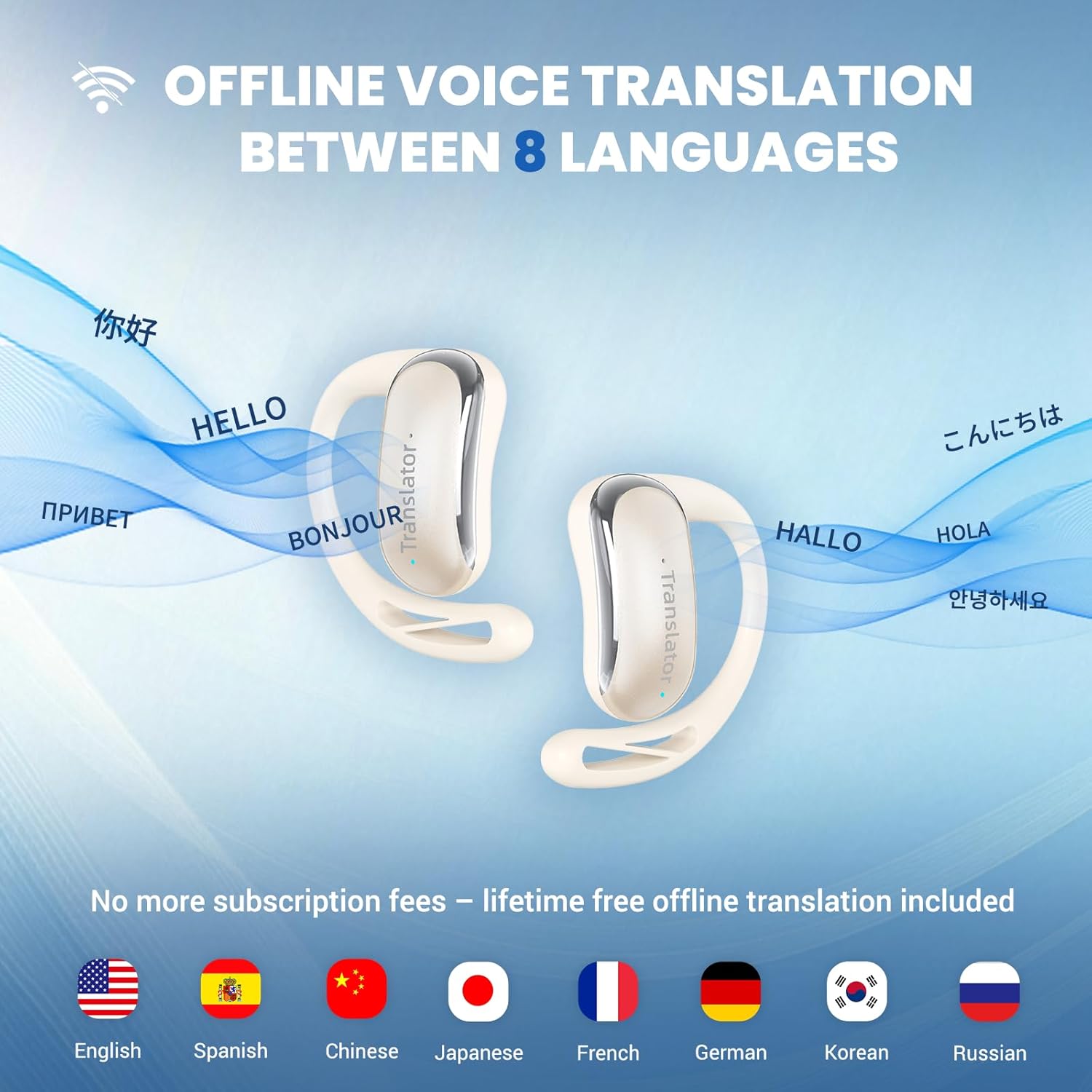
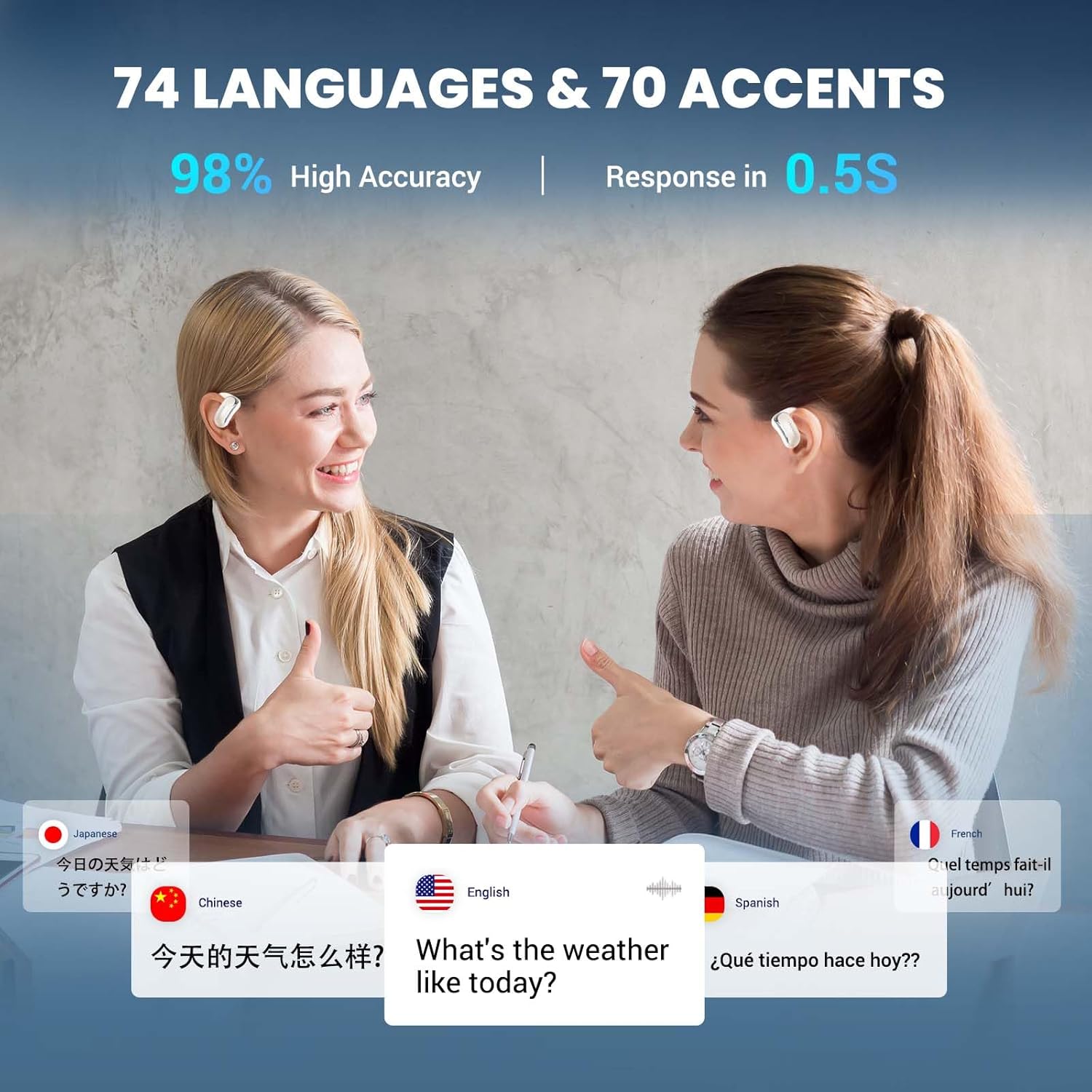
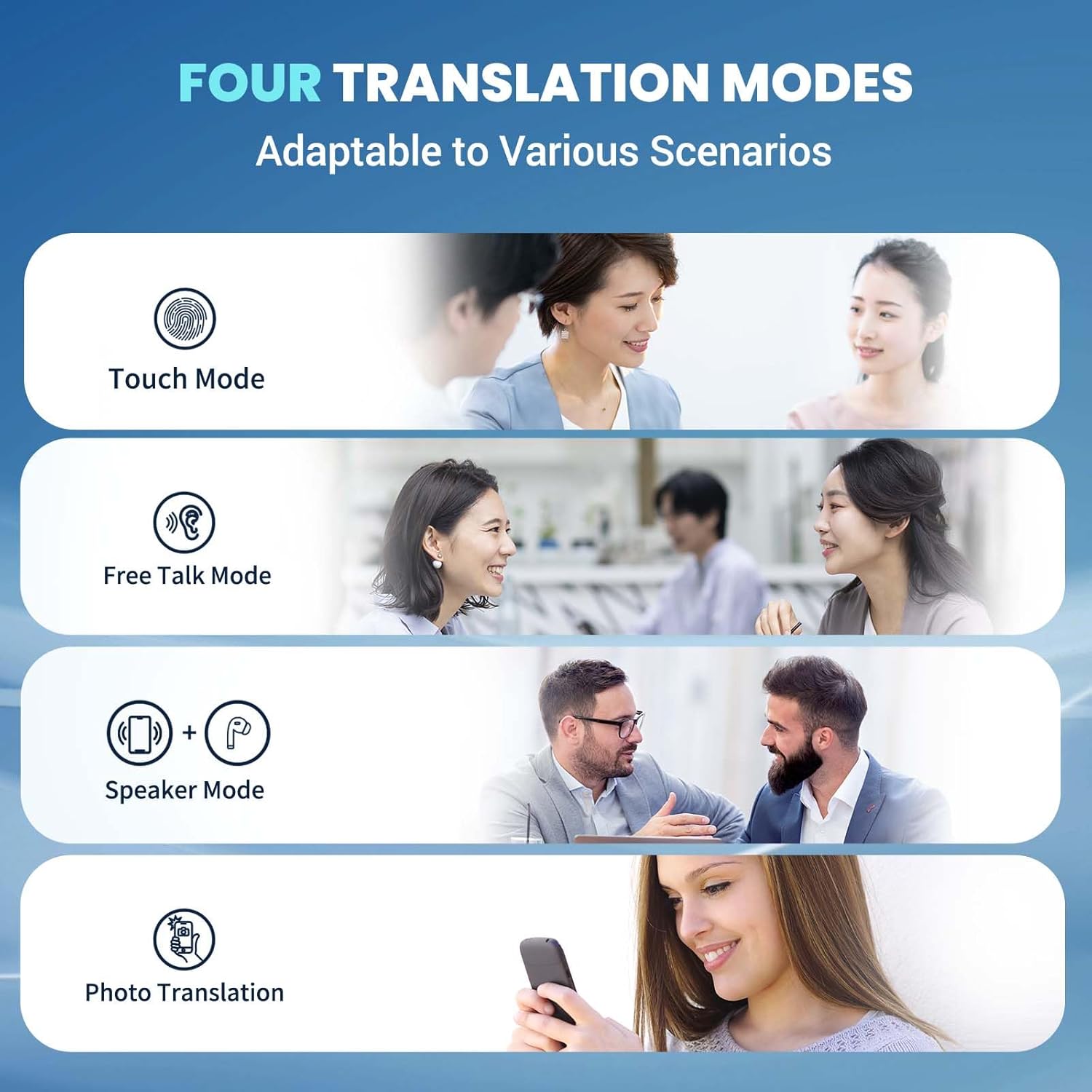
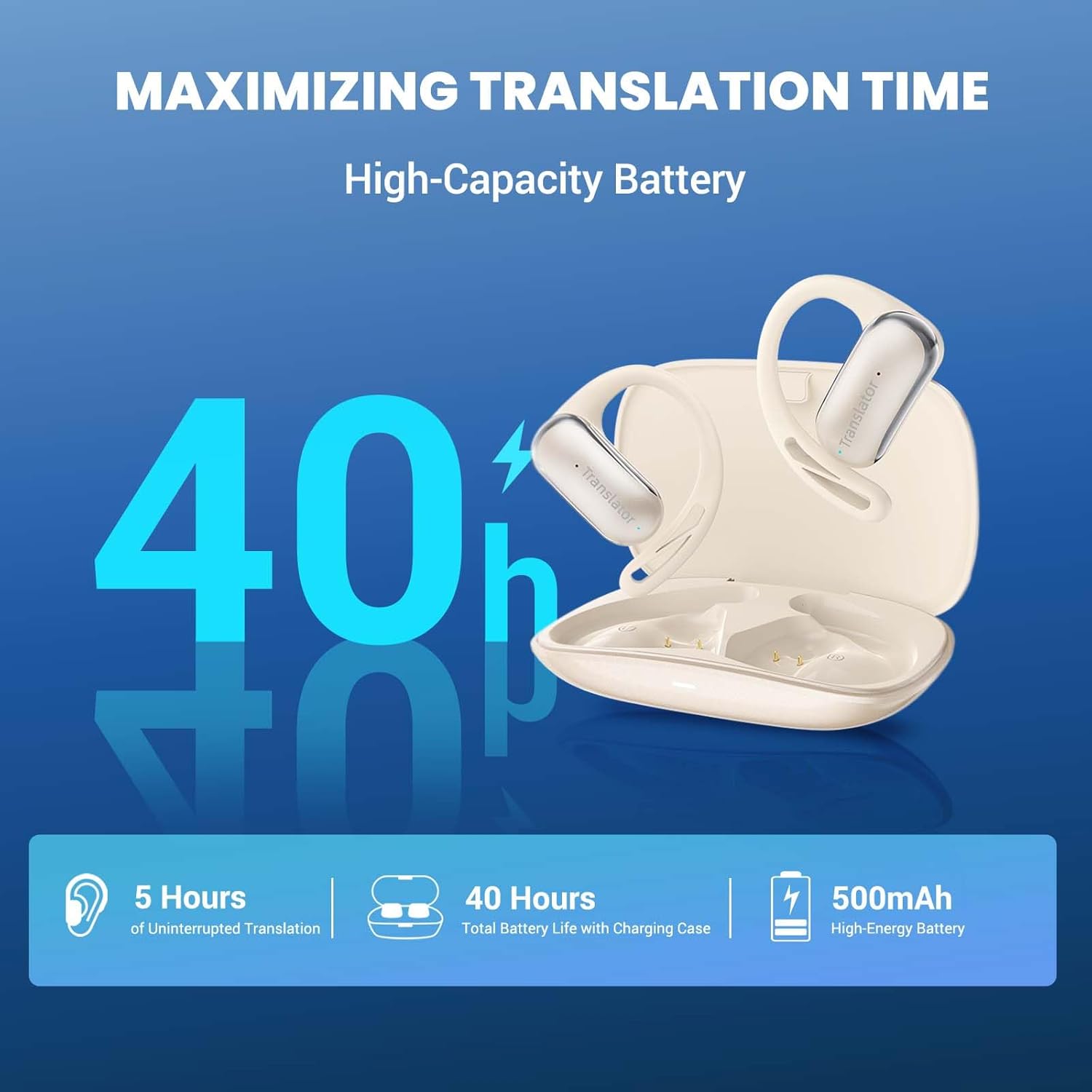
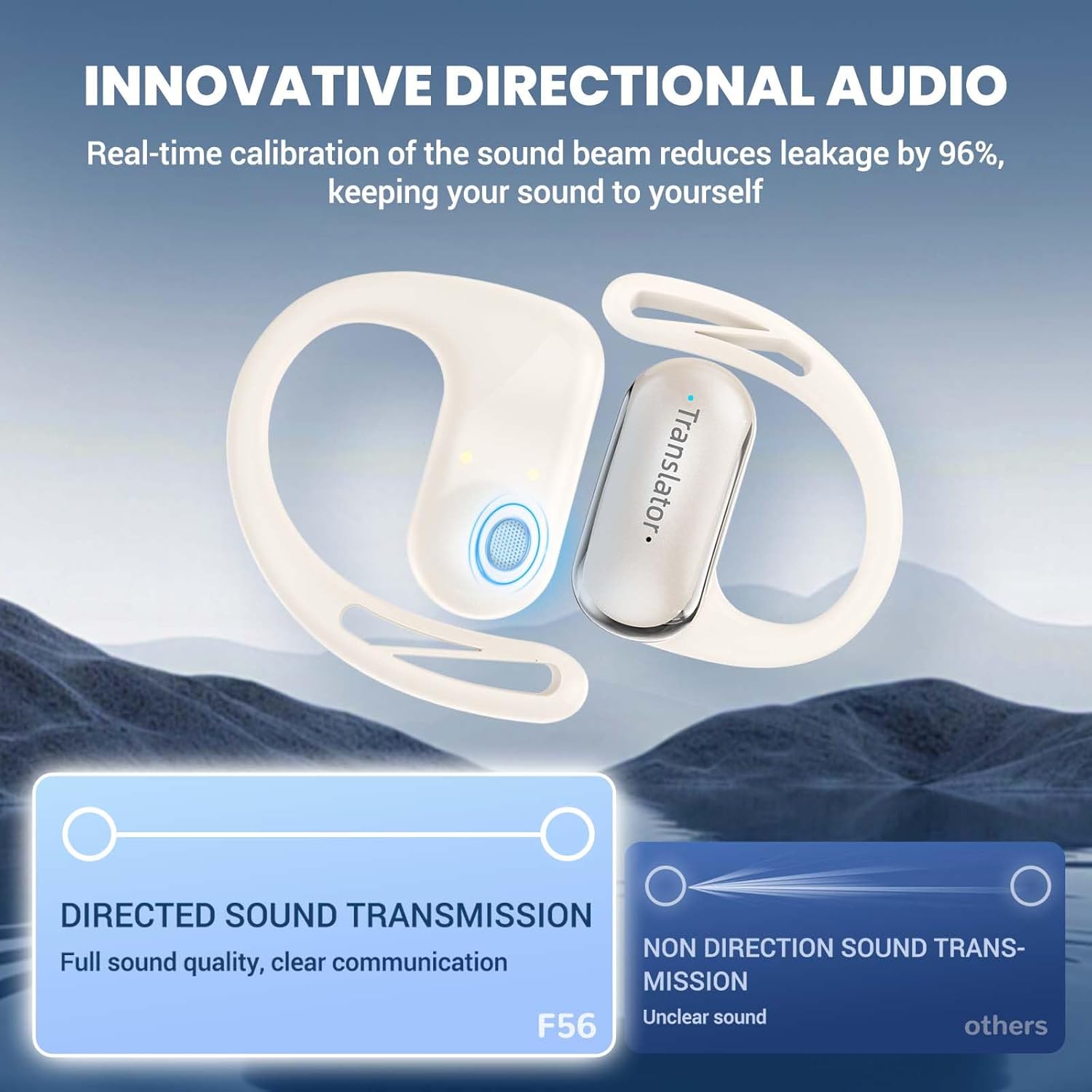
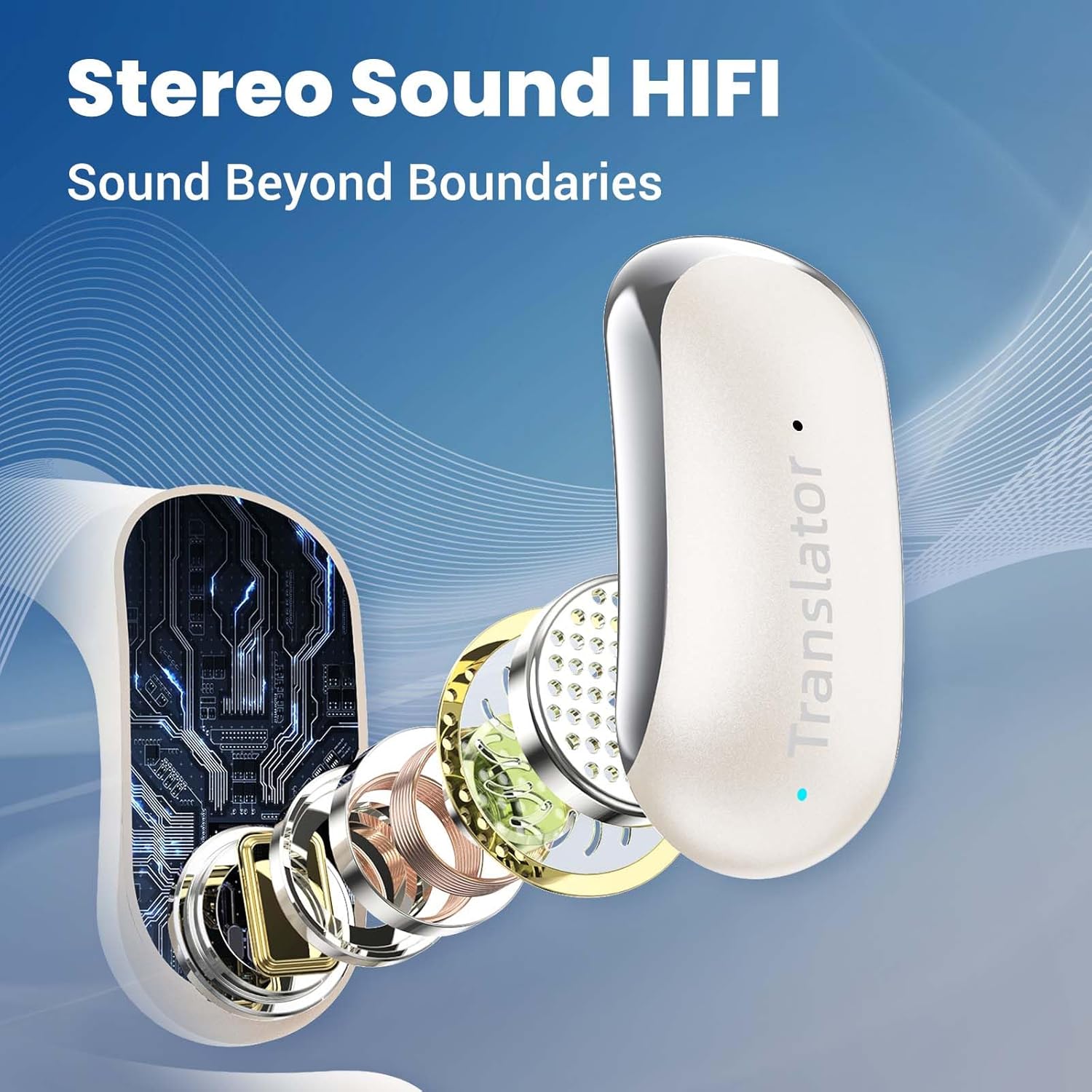
Price: $324.99 - $49.98
(as of Sep 08, 2025 09:53:42 UTC – Details)




